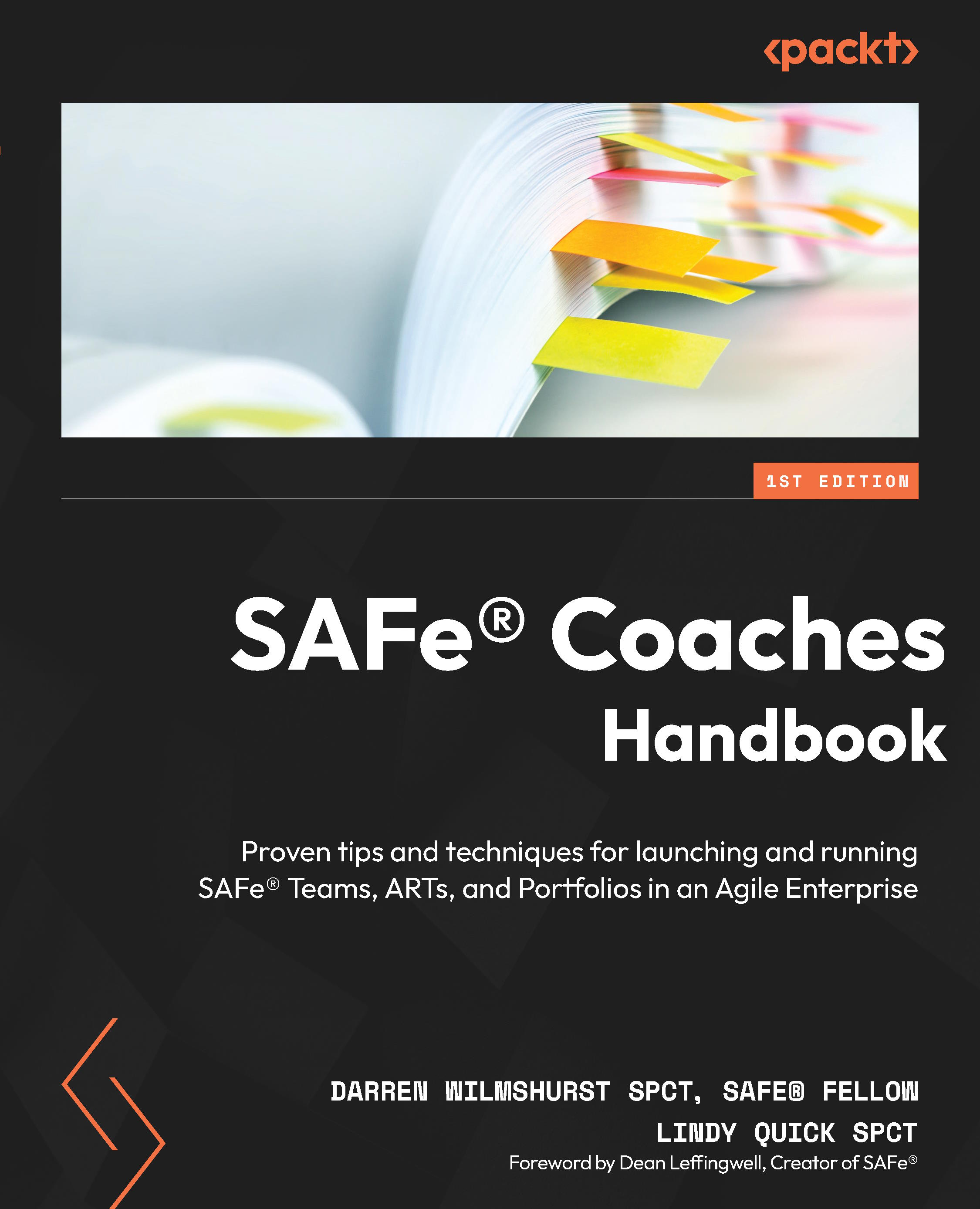PI Planning
The PI Planning Event is one of the most important events for any organization executing SAFe®. It’s often said that if you aren’t doing PI Planning, you aren’t doing SAFe®. PI Planning is like Iteration Planning for the ART. It’s often referred to as the heartbeat and is pivotal in keeping the Train on the tracks and delivering the right work.
There is a lot of work and effort that goes into the execution of successful PI Planning. As a Coach, you will want to ensure that the Release Train Engineer (RTE) is preparing throughout the PI for the next PI Planning Event.
Traditionally, PI Planning was a face-to-face event that occurred every 8-12 weeks, with 10 being typical. However, since Covid-19, it may no longer be practical or feasible to hold planning face-to-face. When possible, we still encourage face-to-face planning, as it promotes team building and collaboration.
If face-to-face planning is not an option, ensure you...
































































